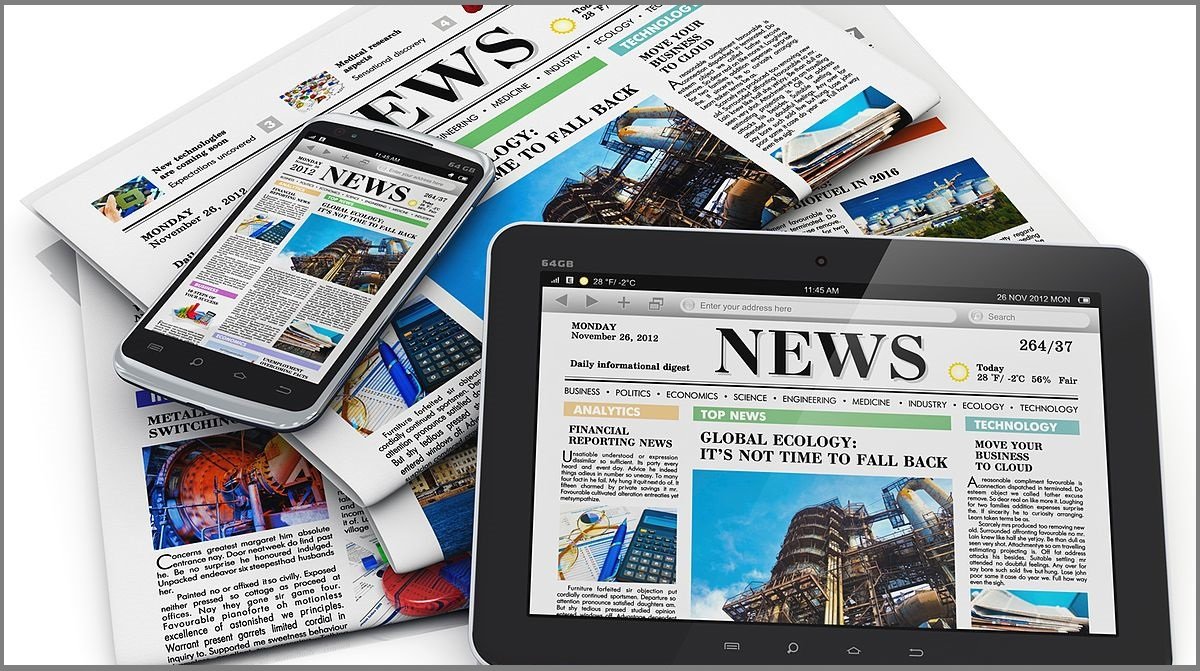
Introduction
Modern news is not simply newspapers, broadcasts, or headlines it is a living mosaic of platforms, formats, and actors that together shape public knowledge. In the last decade, the speed at which information travels has increased dramatically: journalists publish on social platforms, independent creators break stories, and algorithms decide what millions see in seconds. This change brings remarkable benefits greater access, diverse perspectives, and rapid fact-finding but it also raises difficult questions about reliability, incentives, and the role of institutions. Understanding modern news requires looking beyond a single story to the systems that produce, spread, and validate information: the newsrooms, social networks, recommendation engines, and civic institutions that together amplify certain voices while muting others. This article explains what modern news is, how technology reshapes it, the key challenges it faces, and practical steps both publishers and readers can take to strengthen truth, transparency, and public trust.
What “modern news” actually is
Modern news refers to news creation and distribution shaped by digital technologies, participatory audiences, and platform-driven attention. Traditional newsroom reporting still exists, but it now coexists with real-time social updates, multimedia explainers, podcast investigations, and user-generated eyewitness content. Newsrooms often publish directly on their websites and social channels rather than waiting for a daily edition; journalists use data tools, satellite feeds, and citizen tips to verify and enrich coverage. At the same time, algorithms curate which items surface to large audiences, meaning editorial judgments share space with opaque machine decisions. Modern news is therefore plural: professional reporting, community reporting, and viral snippets can all be “news” to different groups. This pluralism increases representation and speed, but it demands stronger verification norms and media literacy so consumers can separate durable facts from impressions, context, or manipulated artifacts.
How technology shapes production and distribution
Technology has reshaped both how reporters gather facts and how audiences receive them. Mobile devices, high-quality cameras, and messaging apps let citizens capture events instantly; journalists use data scrapers, public records tools, and collaborative verification platforms to turn those raw materials into verified stories. Distribution is dominated by social media and search platforms that personalize feeds based on engagement signals and past behavior; this personalization can rapidly amplify certain narratives while obscuring others. Live video, newsletters, podcasts, and short-form clips diversify storytelling forms, expanding how stories are told and who tells them. Automation and AI assist in drafting summaries, transcribing interviews, and detecting deepfakes, but they also introduce risks when used without robust oversight. Overall, technology shortens the feedback loop between event and audience, enabling faster accountability while requiring new ethical safeguards and transparency about methods and platform influence.
Key challenges: misinformation, attention, and algorithmic bias
The speed and scale of modern news create fertile ground for misinformation, polarized echo chambers, and algorithmic bias. False or misleading claims travel quickly because sensational content tends to generate more clicks, likes, or shares signals that platforms reward. Algorithmic curation can unintentionally reinforce narrow viewpoints when recommendation systems prioritize engagement over accuracy. Deepfakes and image manipulation complicate visual trust, while monetization pressures push some outlets toward sensationalism rather than explanatory reporting. These dynamics disproportionately harm marginalized communities and erode civic trust: when people cannot agree on basic facts, democratic deliberation becomes harder. Addressing these challenges requires a multipronged approach stronger editorial standards, platform transparency, independent fact-checking, regulatory safeguards where appropriate, and widespread media literacy to ensure that the speed of modern news does not outpace its responsibility.
Best practices for trustworthy modern news (for readers and publishers)
Strengthening trust in modern news means adopting clear standards and practical habits. For publishers: disclose sourcing and methods, label opinion vs. reporting, correct errors visibly, and invest in verification tools. Implement EEAT principles by highlighting author expertise, editorial oversight, and transparent funding. For readers: cross-check claims with reliable outlets, look for named sources and documents, and be skeptical of content that provokes strong emotion before you verify it. Use diverse information sources to avoid filter bubbles and prefer reporting that includes context, data, and attribution. Platforms should offer better provenance signals (who created the content and how), and regulators can encourage transparency without censoring legitimate speech. Together, conscientious publishers, literate readers, and accountable platforms can make modern news faster and smarter without sacrificing credibility.
Conclusion
Modern news is a powerful public good and a complicated ecosystem. Its evolution has democratized storytelling and sped civic response, yet it also introduces serious risks that require active management. By centering accuracy, transparency, and expertise in line with EEAT principles journalists, platforms, and readers can preserve news’s essential role: helping societies understand their world and make informed decisions. The future of news need not be a battle between speed and truth; with deliberate practices and shared responsibility, it can be both timely and trustworthy.
Frequently Asked Questions (FAQs)
Q1: What makes modern news different from traditional news?
Modern news relies heavily on digital distribution, real-time updates, and platform algorithms. Unlike traditional scheduled editions, modern news circulates instantly across many formats (text, audio, video), often blending professional reporting with firsthand citizen contributions. The result is speed and diversity, but also higher verification demands.
Q2: How can I tell if a modern news story is reliable?
Check for named sources, original documents, clear attribution, and corrections. Cross-reference with reputable outlets, look for author credentials, and prefer stories that provide context and evidence rather than just sensational claims.
Q3: What role do platforms play in shaping modern news?
Platforms decide which content millions see through ranking and recommendation systems. They influence attention and can amplify or suppress stories. Because their algorithms often prioritize engagement, platforms carry responsibility for transparency, content labeling, and mitigating manipulation.
Q4: How does EEAT apply to modern news?
EEAT (Experience, Expertise, Authoritativeness, Trustworthiness) guides publishers to show author credentials, cite evidence, maintain editorial standards, and correct mistakes transparently. Applying EEAT helps readers evaluate whether a news source deserves their trust.
Leave a Reply